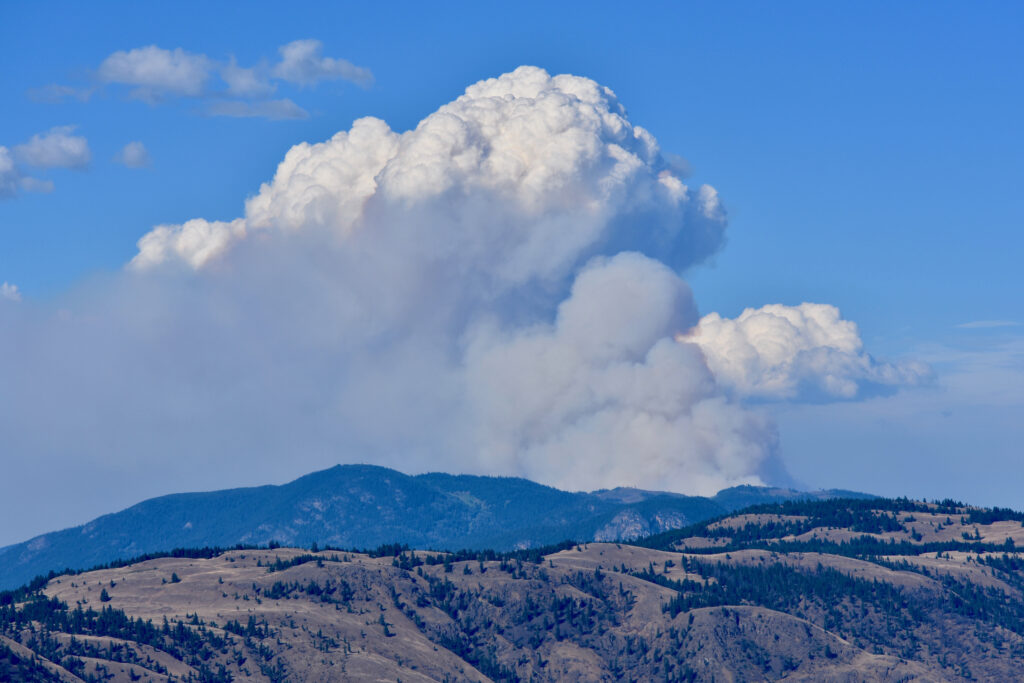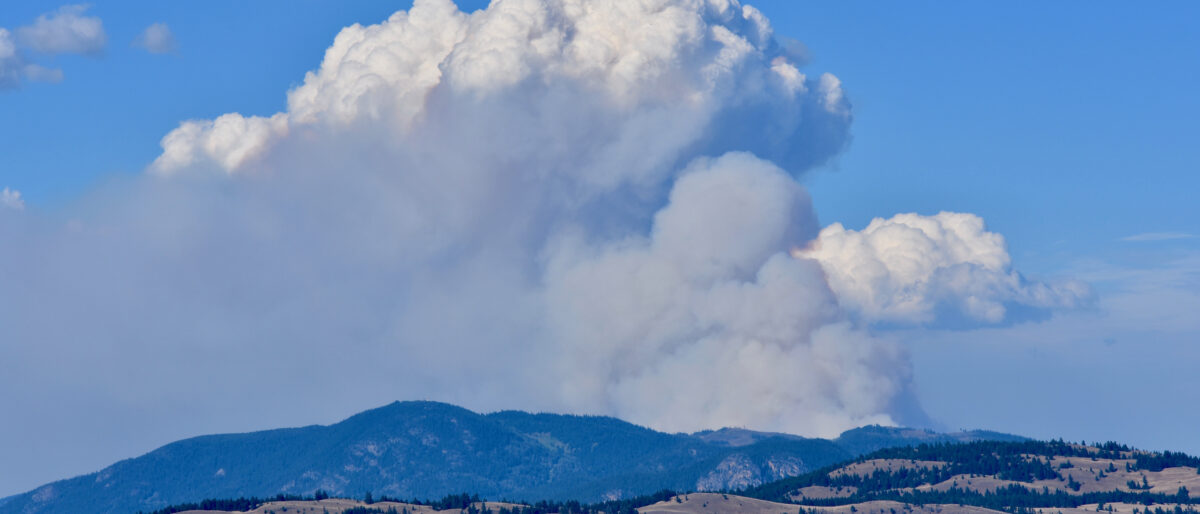
A raging fire pictured above in Kamloops BC had residents concerned as the fire was 45 minutes close to town at a nearby ski hill, Sun Peaks and the Whitecroft Valley. Putting residents on evacuation alert as well as, residents of Heffley Lake. However, this was not the only local fire close to Kamloops in the Summer of 2021. The Sparks Lake fire burned 900 square kilometers about an hour north of Kamloops. The fire was first reported on June 28th and did not simmer until early September. The residents of Lytton, a small town 2 hours from Kamloops, burned to the ground for unknown causes. The results of these fires can be disheartening for families that have been affected, especially lower income families.
Lower income families are affected more by natural disasters such as wildfires, compared to those of higher income. Suffering a loss from a job and home puts families in a difficult position to adjust back to a normal life. Furthermore, it has the potential to create inequality between communities. According to The Atlantic, poverty rates increase by 1% after a disaster. The wealthy flee meanwhile those of a lower income have no option but to stay. The BC government is providing financial support for families. Nonetheless, other families located in the United States affected by the fires for instance, may not have access to support and other families located in different areas. Therefore, putting lower income families in a higher position of difficulty. It is our job to help support local communities during tough times.
Written by Reesha Aspinall-Brown
References
https://www.theatlantic.com/ideas/archive/2019/01/why-natural-disasters-are-worse-poor/580846/

